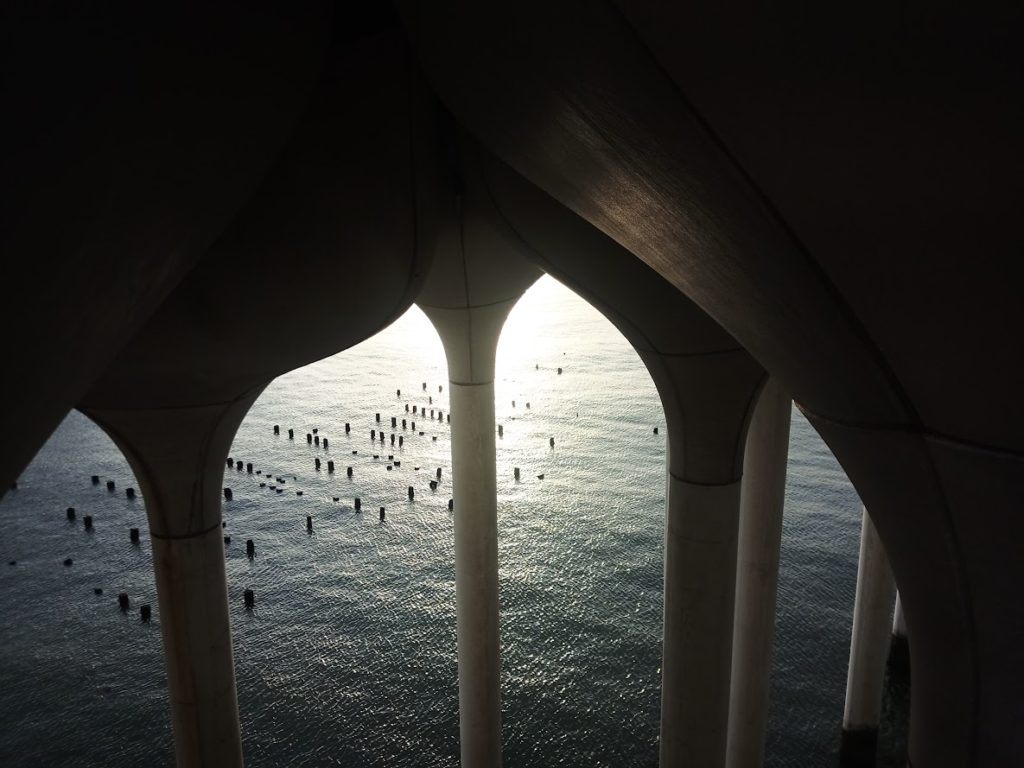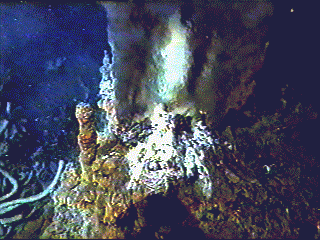Is there anything that could have been done differently, better? Perhaps not; perhaps it was an impossible brief. Perhaps, despite the creeping intercontinental homogenization of high-quality landscape architecture, spreading the virtuous green of the global Picturesque to urban waterfronts and urban wetlands from Singapore to Santiago; despite the elevation of program, function, and development over any kind of appeal to individual experience; and despite the discipline’s collective decision that theory (of any kind) is about as relevant to the contemporary landscape as classical allegory, or watercoloring; despite all of these, perhaps the atavisitic need for our public landscapes to gesture, if weakly, at some connection to place, is still strong enough that a nature park on a square dock—without even a boat ramp or a wading pool—is just too ersatz to offer anything personal, anything other than cold spectacle.
But that can’t be true; it is not impossible, and the proof is that the little island does offer at least one authentic moment—one spot offering a singular connection to the place, a unique mediation with the environment not available anywhere else, maybe, in the world, hinting at an entire new relation between humans and water. In a little spur off of the path winding up to the “Observation Deck,” which offers the best view of the W Hotel Hoboken to be found, probably, in all of Manhattan, there is a spot where you can sit and look down over the water through the columns—under the island, so to speak. The remnants of the old forest of dock columns are clearly visible here, in a picturesque staggered file. The sunlight reflects off the water and plays over the smooth curves of the tulips; it feels like Venice. In the stark shadows the Rhino seams disappear and the concrete feels architectural, an authentic and artistic expression of structure rather than a superfice, as it does at the island’s grand entrance. For once, here, Heatherwick’s conceit evokes a gothic cathedral rather than the Rainforest Cafe.
In this spot I wanted desperately to be able to walk down under the tulips, closer to the water. There’s a metal gantry of some kind down there, suggesting some sort of unclear docking operation; but it’s not for the public. But its skeletal, forbidden presence—simply by existing—sabotages the rest of the island in its entirety. Because once the idea enters your mind, it is impossible to pluck out: they built the park upside down!
Maybe this is the answer to the impossible question of the little island’s future. Like the High Line itself (or the viaduct that prefigured it), maybe in a few decades after the park has been shut down due to a lack of maintenance and interest some renegade urbanists will set up a system of walkways in and around the columns. Maybe people will come there to fish or to dump evidence, or to swim, or to hide. I would come there to do some of those things; I don’t know if I will come to the top of the island again, unless I need to take pictures of the Field Operations project for some reason.

